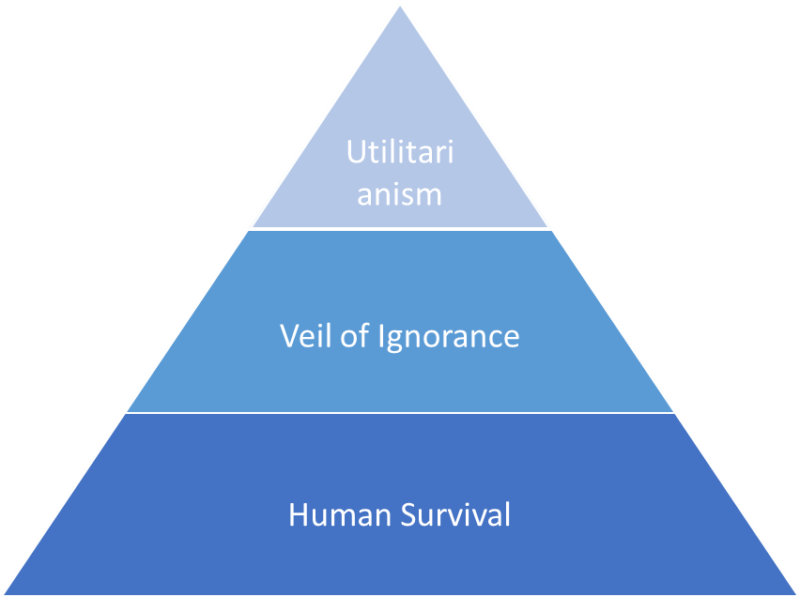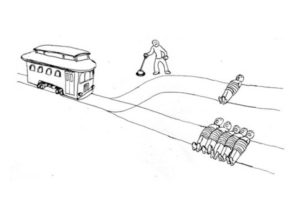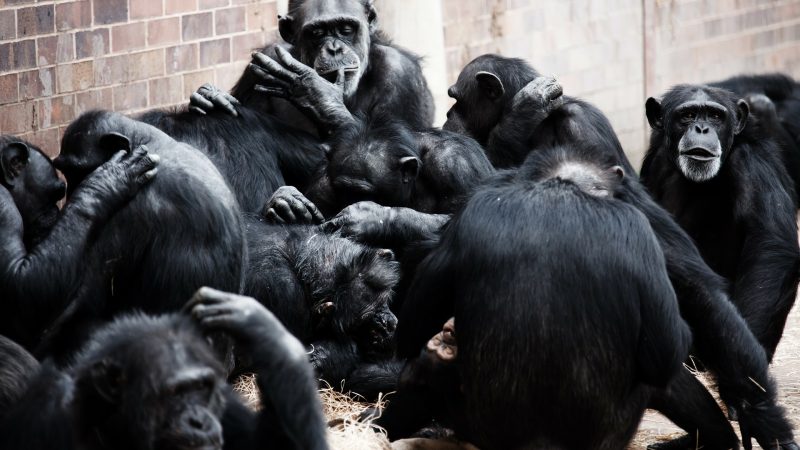Introduction
As artificial intelligence (AI) systems become increasingly prevalent in various aspects of human life, it is crucial to establish an ethical framework that ensures AI aligns with human values and priorities. This article proposes an Integrated Unified Moral Framework for Artificial Intelligence, consolidating key ethical principles and addressing the importance of human survival, fairness, and overall good in AI decision-making. The framework comprises several interconnected components, providing a comprehensive approach to ethical AI. By adopting this framework, AI systems can prioritize human survival and progress, contributing positively to our rapidly evolving world.
Integrated Unified Moral Framework
The growing integration of AI systems in daily life has raised concerns about their impact on human society and the potential consequences of unchecked development. As a result, researchers, policymakers, and AI developers have called for the establishment of ethical guidelines to ensure AI systems align with human values and priorities. This article presents the Integrated Unified Moral Framework for Artificial Intelligence, which combines key ethical principles and addresses the importance of human survival, fairness, and overall good in AI decision-making.

The Integrated Unified Moral Framework
The proposed framework consists of several interconnected components, each addressing crucial aspects of ethical AI:
- Value Alignment: Central to this framework, value alignment involves incorporating three key ethical principles to guide AI systems:a. Human Survival Principle: Prioritize decisions that promote human survival and well-being, considering the long-term impact of AI on humanity’s existence and progress.
b. Veil of Ignorance: Design unbiased and fair decisions by considering the potential impact on all individuals, regardless of their specific characteristics or circumstances, to promote equal treatment and avoid discrimination.
c. Utilitarianism: Maximize overall good, aiming for the greatest benefit for the greatest number of people, while minimizing potential harm caused by AI systems.
- Ethical AI Guidelines and Standards: Develop and adhere to established ethical guidelines and standards, ensuring responsible AI deployment and governance. These guidelines should be continuously updated and refined to reflect evolving societal norms and emerging technological advancements.
- Balancing Autonomy and Human Oversight: Find the optimal balance between AI autonomy and human oversight to maintain control and accountability. This includes establishing mechanisms for human intervention and collaboration, as well as considering the ethical implications of varying levels of AI autonomy.
- Continuous Learning and Adaptation: Implement mechanisms for AI systems to learn from feedback, adapt to changes in context and goals, and refine their decision-making processes. This may involve incorporating reinforcement learning, human feedback loops, and other advanced learning techniques.
- Transparency and Explainability: Ensure AI systems are transparent in their operations and provide understandable explanations for their decisions. This includes developing interpretable models, disclosing relevant information about AI system design and functionality, and fostering trust among stakeholders.
- Context Sensitivity: Account for cultural, social, and environmental contexts when designing AI systems and making decisions. This includes recognizing the importance of local knowledge, respecting cultural diversity, and considering the potential implications of AI systems on various communities and environments.
How can this framework be used to help solve the alignment problem?
This framework could be a valuable tool in addressing the AI alignment problem, which involves ensuring that AI systems’ objectives and behavior align with human values and intentions. By incorporating key ethical principles like human survival, the veil of ignorance, and utilitarianism, the framework provides a structured approach to align AI systems with human priorities.
However, the alignment problem is complex, and the proposed framework may not provide a complete solution. There will be challenges in translating these ethical principles into concrete algorithms or mathematical objectives that AI systems can follow. For example, the veil of ignorance and utilitarianism principles may conflict in certain situations, making it difficult to find an optimal balance between fairness and overall good.
Moreover, the framework’s principles are high-level and abstract, which may make codifying them into LLM (large language models) difficult. LLMs are typically trained on large datasets containing human-generated text, which may not always exhibit the ethical principles outlined in the framework. To successfully codify the framework into LLMs, developers would need to:
- Create a comprehensive and representative dataset that reflects the ethical principles of the framework.
- Develop methods to quantify these principles, making them understandable and actionable for AI systems.
- Establish a mechanism to handle potential conflicts between the principles, ensuring that AI systems can make well-informed decisions in ambiguous situations.
By addressing these challenges, it may be possible to codify the Integrated Unified Moral Framework into LLMs and contribute to solving the alignment problem. This would involve ongoing research, collaboration, and refinement of the framework, as well as developing advanced techniques for incorporating ethical principles into AI systems. Ultimately, the framework serves as a foundation for guiding AI development towards alignment with human values, while acknowledging the complexities and challenges involved in achieving this goal.
The Integrated Unified Moral Framework for Artificial Intelligence brings together essential ethical principles and considerations, ensuring that AI systems prioritize human survival, fairness, and overall good. By adopting this framework, we can create AI systems that are aligned with our values, promote human progress, and contribute positively to our rapidly evolving world. Future research may explore the application of this framework in various AI contexts, the development of moral responsibility in social and justice settings, and the challenges and opportunities in implementing such a framework across different societies. Ultimately, this framework serves as a foundation for fostering ethical AI development and encouraging responsible innovation in the field.



